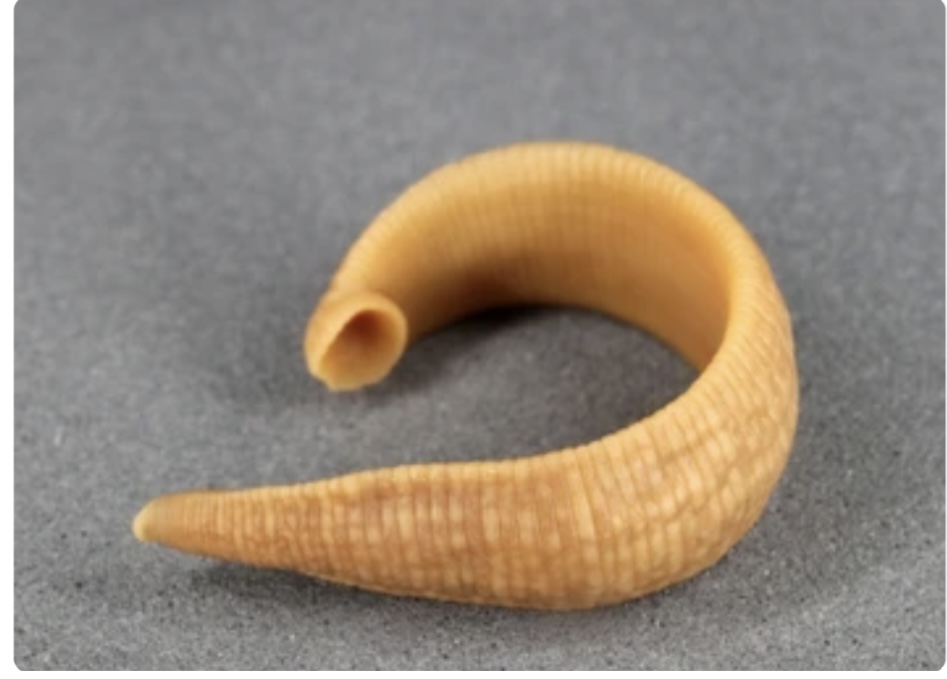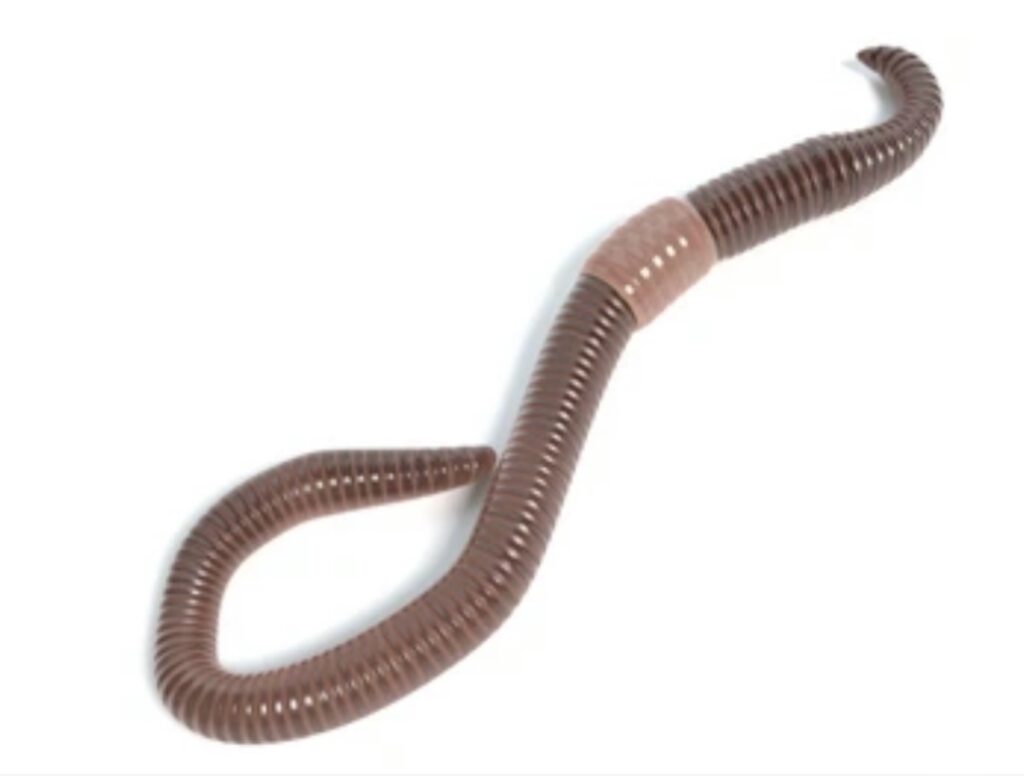INTRODUCTION

Characteristics of Phylum Annelida is their segmented body plan. The bodies of annelids are divided into a series of repetitive segments or metameres, each containing specific organs and structures. This segmentation allows for functional specialization, flexibility, and adaptability to different environments. Whether they inhabit marine, freshwater, or terrestrial habitats, annelids are able to navigate their surroundings effectively due to this segmented body structure.
CHARACTERISTICS OF PHYLUM ANNELIDA
BODY STRUCTURE
- Annelids have a cylindrical body shape, typically elongated and segmented.
- The body is divided into numerous repetitive segments or metameres.
- Each segment contains specific organs and structures.
- The body is covered by a thin, flexible cuticle or epidermis.
COELOM
- Annelids are coelomates, possessing a true coelom.
- The coelom is a fluid-filled body cavity lined by mesodermal tissues.
- It provides space for organ development and movement.
- The coelomic fluid acts as a hydrostatic skeleton for support and locomotion.
SEGMENTATION AND METAMERISM
- Annelids exhibit metamerism, where their bodies are divided into repetitive segments.
- Metamerism allows for specialization and functional differentiation of body segments.
- Each segment typically possesses a pair of setae or bristles for sensory input and locomotion.
- Metameres provide flexibility and adaptability to various environments.
MUSCULAR SYSTEM
- Annelids possess a well-developed muscular system.
- Circular muscles encircle the body, while longitudinal muscles run along the length of the body.
- Contraction and relaxation of these muscles enable peristaltic movement for locomotion.
NERVOUS SYSTEM
- Annelids have a relatively simple but efficient nervous system.
- They possess a ventral nerve cord running along the body’s length.
- Ganglia, or nerve masses, are present in each segment, coordinating sensory input and movement.
DIGESTIVE SYSTEM
- Annelids possess a complete digestive system.
- It includes a mouth, pharynx, esophagus, crop (in some species), gizzard (in some species), and intestine.
- Annelids exhibit diverse feeding strategies, including filter feeding, scavenging, predation, and parasitism.
RESPIRATORY SYSTEM
- Most annelids respire through their body surface.
- The thin and moist body wall allows for gas exchange.
- Aquatic annelids may possess specialized structures like gills or branchiae for enhanced oxygen uptake.
CIRCULATORY SYSTEM
- Annelids have a closed circulatory system.
- A dorsal blood vessel pumps blood or hemolymph forward.
- Hemolymph circulates within the coelom and spaces around organs, facilitating nutrient and gas exchange.
REPRODUCTION
- Annelids exhibit diverse reproductive strategies.
- Most species are dioecious, with separate male and female individuals.
- Some annelids are hermaphroditic, possessing both male and female reproductive organs.
- Fertilization can be external or internal, depending on the species.
EXAMPLES OF ANNELIDA
Class Polychaeta:
- Polychaetes are marine annelids known for their numerous bristle-like setae and well-developed parapodia.
- Examples include the marine bristle worms (e.g., Nereis, Aphrodite) found in marine environments worldwide.
- Polychaetes exhibit a wide range of feeding strategies, including filter feeding, predation, and scavenging.
Class Oligochaeta:
- Oligochaetes are primarily freshwater or terrestrial annelids that lack well-developed parapodia.
- Examples include earthworms (e.g., Lumbricus terrestris) found in soil ecosystems worldwide.
- Earthworms are important decomposers, aiding in soil nutrient cycling and soil structure improvement.
Class Hirudinea:

- Hirudineans, or leeches, are annelids characterized by their flattened body and anterior and posterior suckers.
- They can be found in freshwater, marine, and terrestrial habitats.
- Leeches are often blood-feeding parasites, but not all species feed on blood.
- Examples include medicinal leeches (e.g., Hirudo medicinalis) used in medical procedures for blood circulation improvement.
Class Echiura:
- Echiurans, or spoon worms, are marine annelids with an elongated body and a retractable proboscis.
- They lack true segmentation but possess chaetae.
- Examples include the spoon worms (e.g., Urechis caupo) found in marine sandy and muddy habitats.
Class Pogonophora:
- Pogonophorans, or beard worms, are marine annelids that live in deep-sea environments.
- They lack a digestive system and rely on symbiotic bacteria for nutrition.
- Examples include the hydrothermal vent worms (e.g., Riftia pachyptila) found near deep-sea hydrothermal vents.
CONCLUSION
In conclusion, phylum Annelida encompasses a diverse group of segmented worms with fascinating characteristics and adaptations. Annelids display a segmented body structure, with each segment housing specific organs and structures. They are coelomates, possessing a true coelom that provides space for organ development and serves as a hydrostatic skeleton for locomotion.
Metamerism, the division of the body into repetitive segments, is a key feature of annelids. This metamerism allows for specialization and functional differentiation, enabling annelids to adapt to various environments. Their well-developed muscular and nervous systems enable coordinated movement and response to stimuli.
Discover more from ZOOLOGYTALKS
Subscribe to get the latest posts sent to your email.



Pingback: FILTER FEEDING IN POLYCHAETA | ZOOLOGYTALKS | 2023
Pingback: INVERTEBRATE TAXONOMY | ZOOLOGYTALKS | 11/11/2024
Pingback: How Many Hearts Does an Octopus Have ? | ZOOLOGYTALKS | 2024